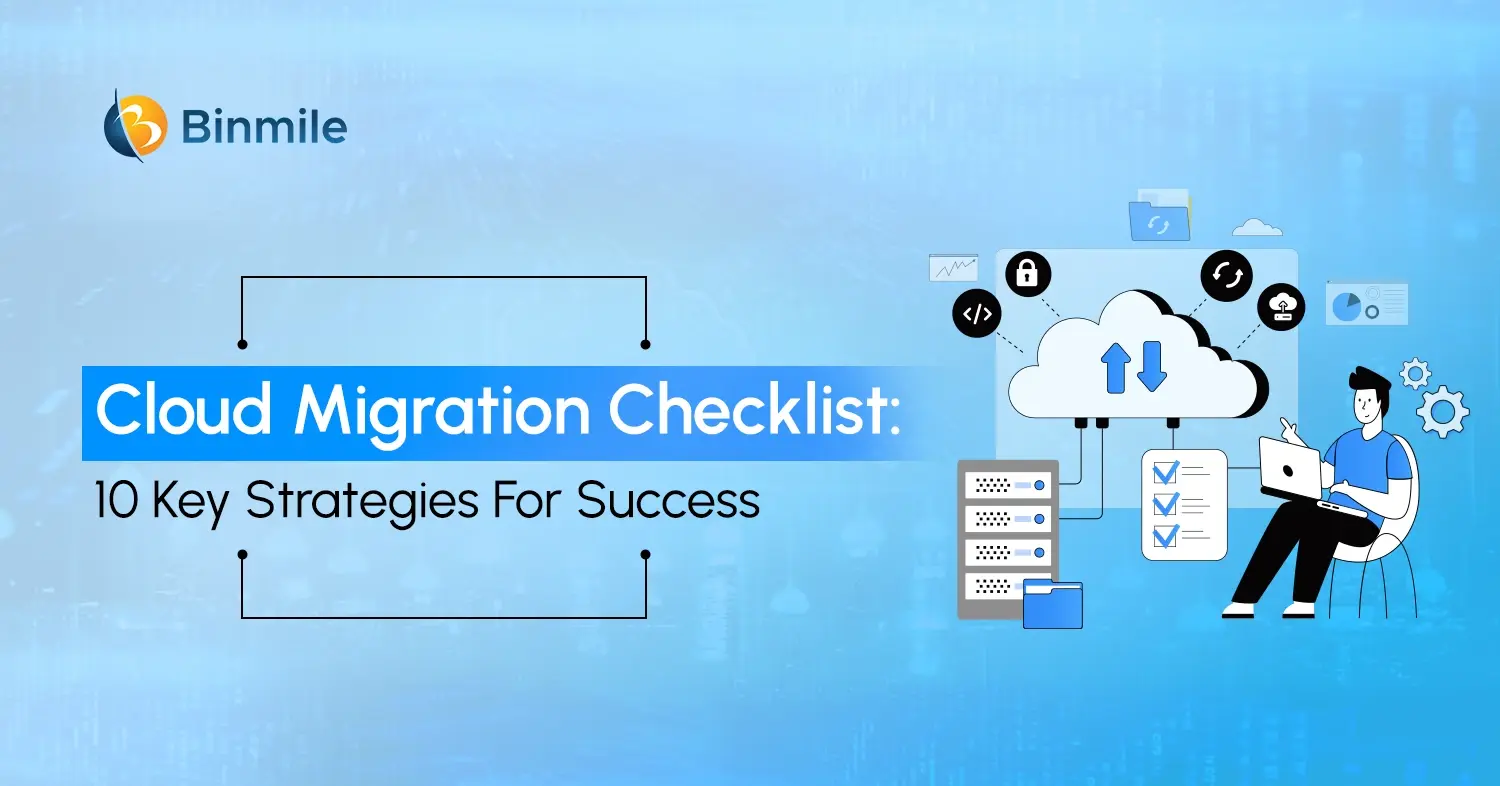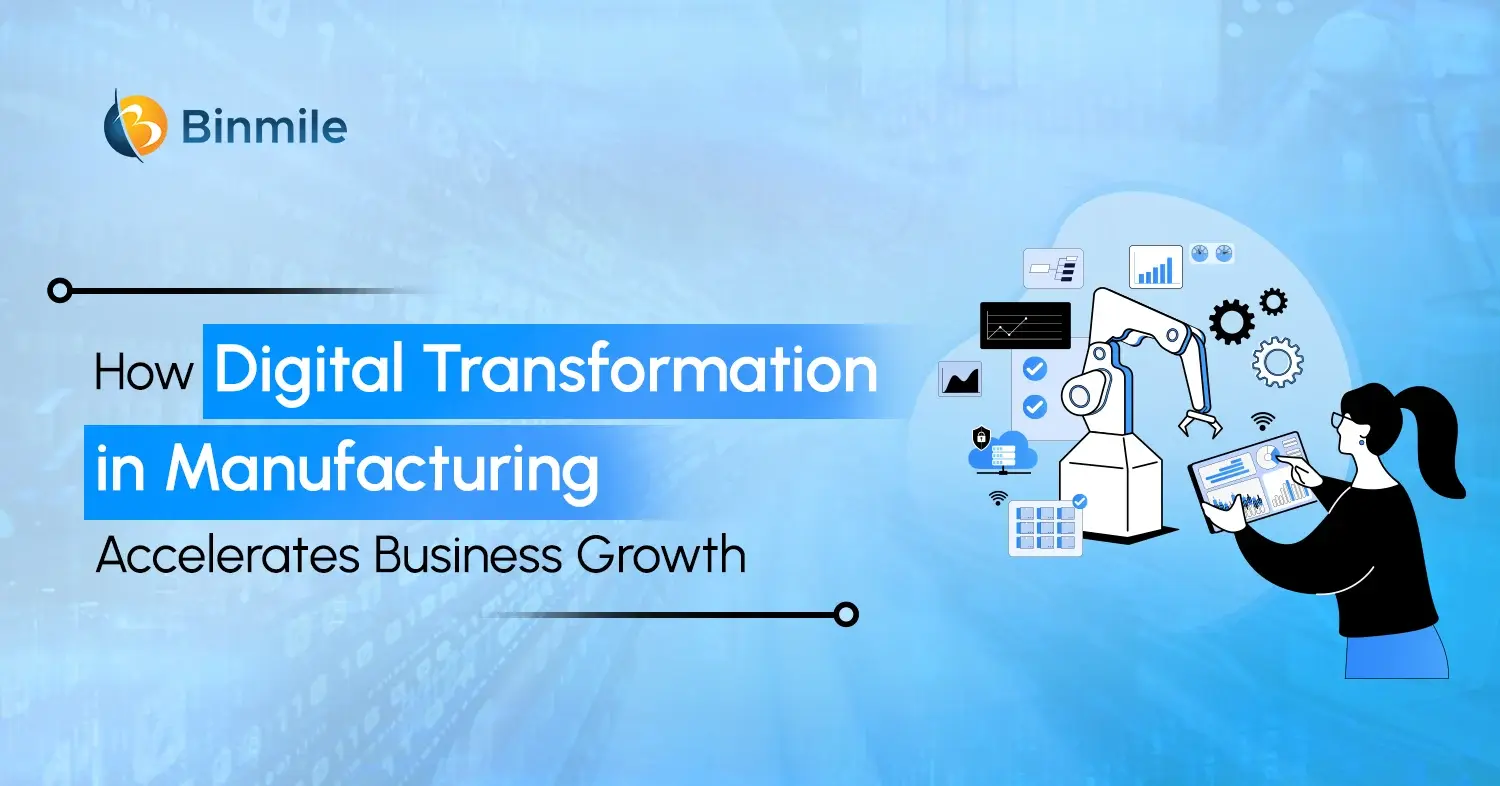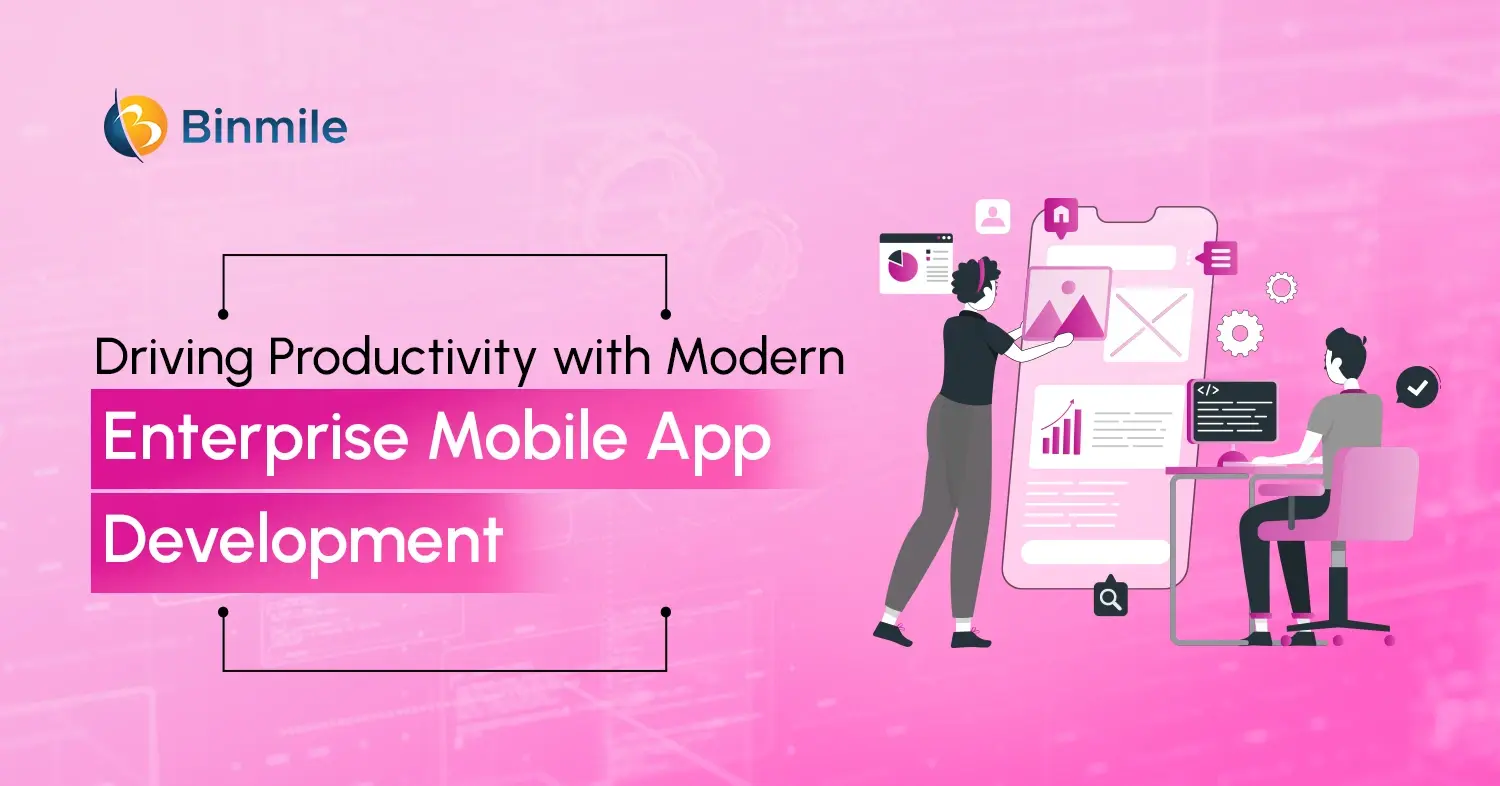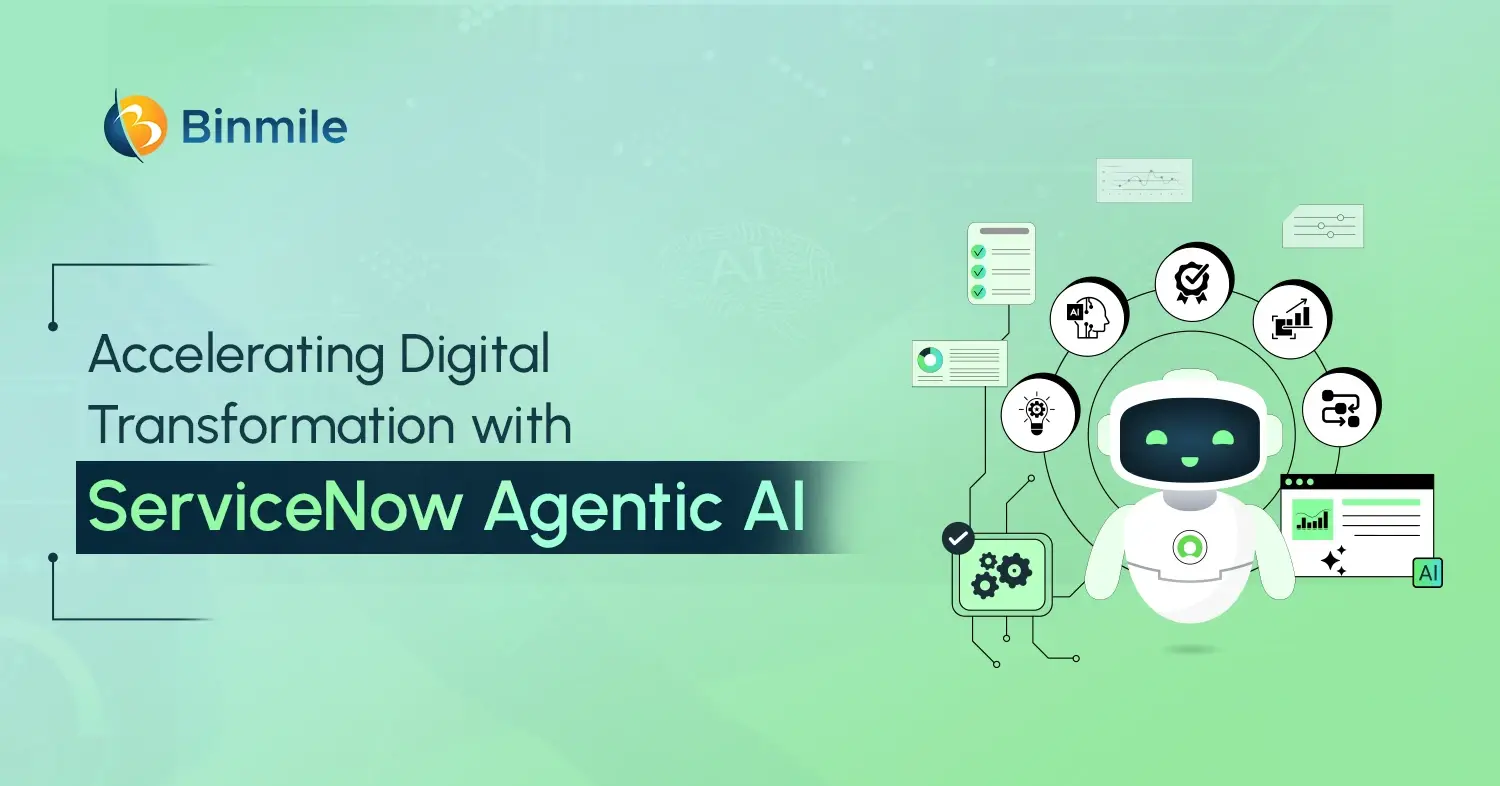Cloud migration has quickly become a top priority for organisations trying to modernise their technology landscape and improve long-term scalability. Gartner forecasts that worldwide public cloud end-user spending will reach US$723.4 billion in 2025, and 90% of organisations will adopt hybrid cloud through 2027. While the cloud adoption statistics are rising, the journey itself is not always straightforward. Migrating applications, data, and workloads to the cloud involves many moving parts, from security and performance considerations to budgeting, dependency analysis, and risk mitigation.
In this blog, we will walk through what a cloud migration checklist is, the different types that organisations typically use, the benefits it offers, and the ten strategies that make migration successful. We will also compare automated cloud migration with traditional methods to understand which approach offers higher efficiency and reliability. Toward the end, we will discuss how a trusted devOps consulting partner can streamline this journey by offering the right mix of expertise, tools, and guidance tailored to your cloud migration requirements.
What Is a Cloud Migration Checklist?
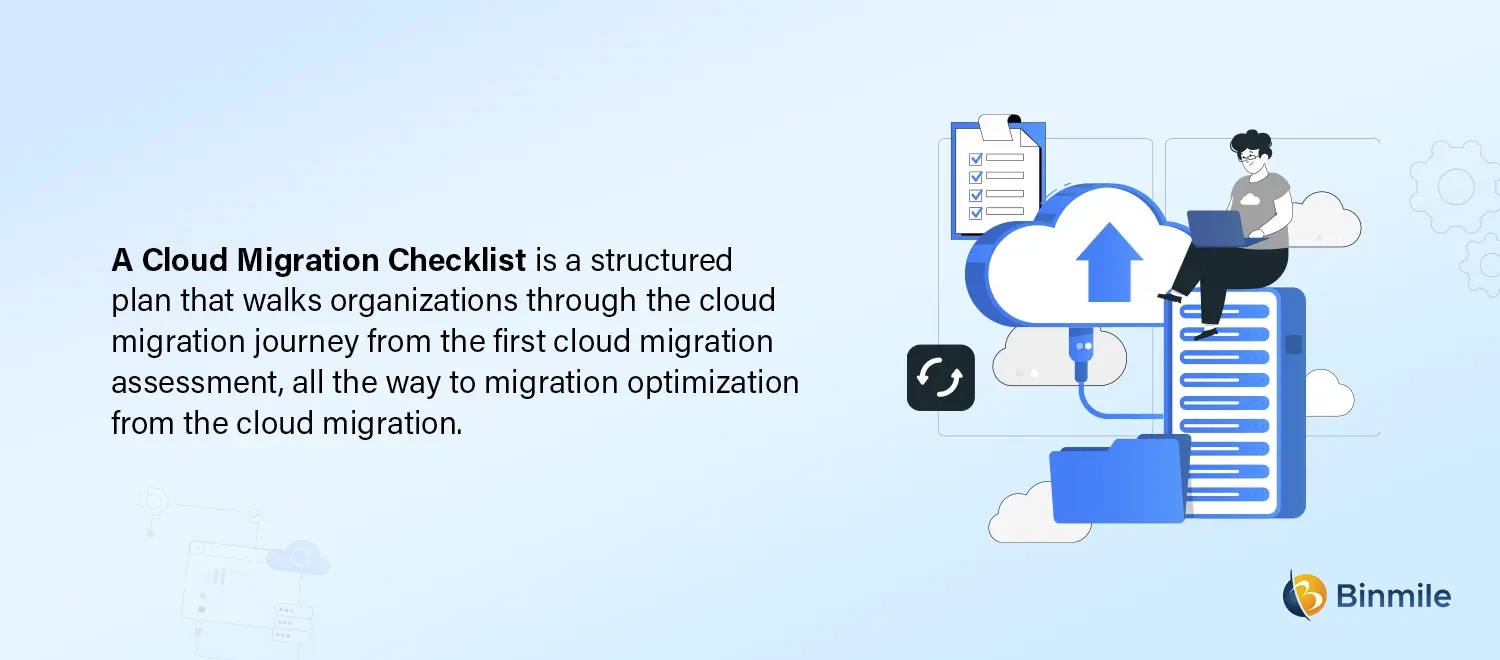
A cloud migration checklist is a structured plan that walks organizations through the cloud migration journey from the first cloud migration assessment, all the way to migration optimization from the cloud migration.
It is a guide for teams to circumvent the cloud migration risks, determine the requirements, the preferred tools, and execute the migration at a reasonable managed cost. Properly designed cloud migration checklists address common issues and create cohesion among all the participants in the process.
What are The Different Types of Cloud Migration?
When we talk about moving to the cloud, there are a few different approaches, each suited to different needs:
-
Lift and Shift:
For the lift-and-shift cloud migration approach, apps are migrated repeatedly from on-premises to cloud infrastructure. Additionally, it takes less time to execute, and there are fewer interruptions. However, they are often not operationalised in all the cloud-native benefits.
-
Refactoring / Re-architecting:
This requires more effort to change the application on a microservices and serverless basis to be cloud-native. This unlocks significant value in rescaling, multi-faceted resilience, and a sustainable lower cost structure.
-
Hybrid Cloud Migration:
It enables some workloads to stay on-premises or in private cloud, while others shift to the public cloud. Additionally, this approach is flexible, especially for compliance or data sovereignty.
-
Multi-Cloud Migration:
This is the distribution of workloads across more than one cloud provider to reduce vendor lock-in. This also optimises costs and improves redundancy.
Thus, choosing the right type depends heavily on your business goals, risk appetite, and architecture.
What are the Benefits of a Structured Cloud Migration Checklist?
Why bother with a checklist? Here are some of the main benefits:
-
Risk Management
Cloud migration remains vulnerable to various potential risks, including data loss, security breaches, and cost overruns, which can lead to negative outcomes if not properly addressed. This helps to detect potential negative outcomes and mitigate them early in the migration process.
-
Clarity & Alignment
IT, businesses, and operations stakeholders discuss and define objectives, actions and responsibilities, supported by cloud consulting services.
-
Cost Optimisation
Defining and prioritising the requirements for the migration, such as in the areas of compute, storage and/or networking.
-
Security Assurance
Ensuring there is a cloud migration security checklist is key to maintaining data protection and security for all workloads.
-
Smooth Execution
Lack of defined and mapped process steps increases the risk of unplanned downtime, prolonged interruptions, and/or causes disruption.
-
Post-migration Optimisation
Cloud migration is just one step, and this needs to be extended to active monitoring, performance optimisation and cost governance.
Looking to streamline your cloud migration with a strategy that fits your business needs?

What are the Key Strategies to Build a Cloud Migration Checklist?
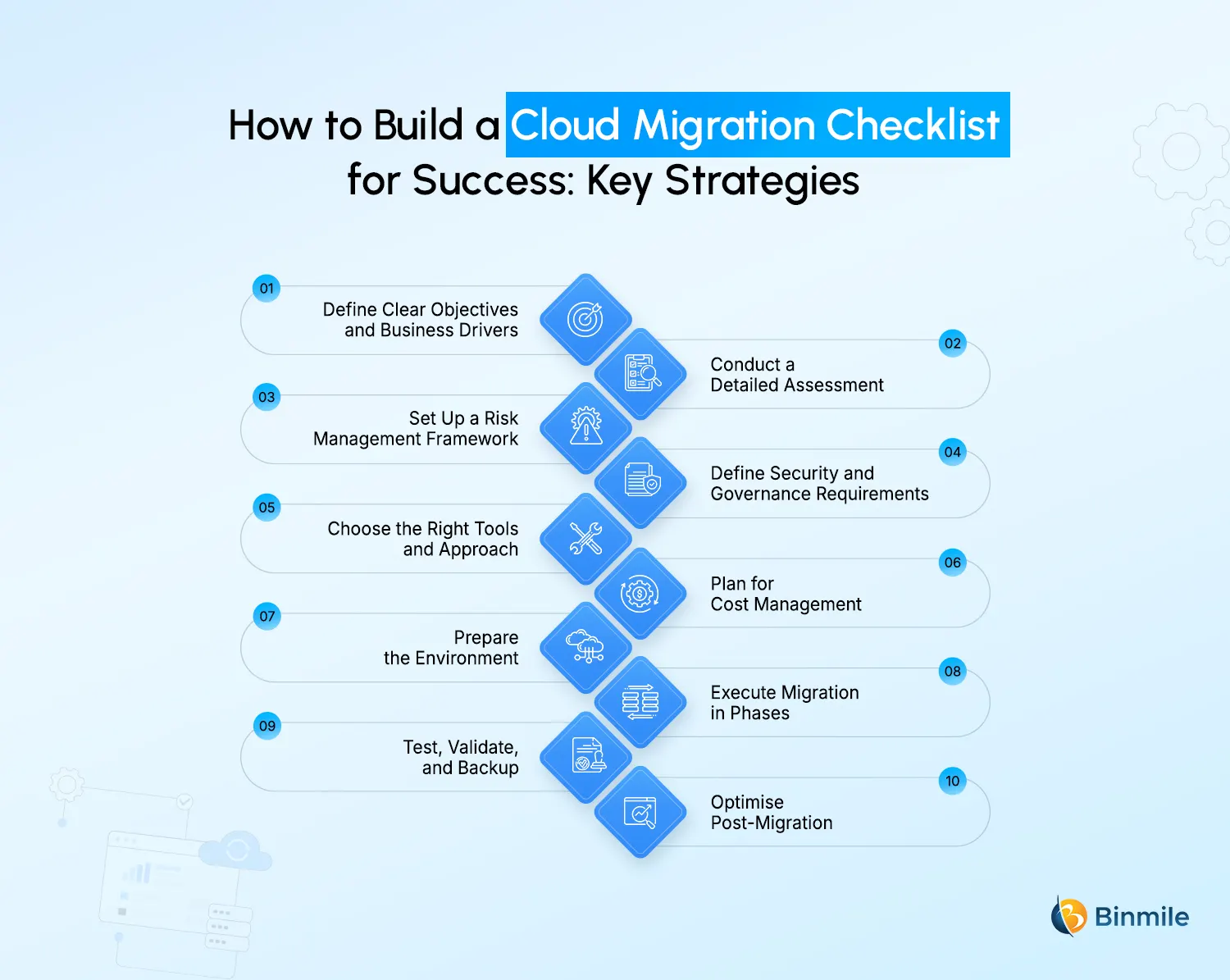
Here are ten essential strategies that should go into your checklist for cloud migration.
-
Define Clear Objectives and Business Drivers
Firstly, it is important to determine why your organisation needs to migrate to the cloud in the first place. Is it cost efficiency, better scalability, enhanced disaster recovery, and/or quicker innovation? Gaining enough clarity is critical to shaping the entire cloud migration process. Thus, there is a need to establish measurable objectives and gain alignment within both the business and technical functions to ensure that all parties are targeting the same outcomes and defining success uniformly.
-
Conduct a Detailed Assessment
Successful cloud migration starts with a thorough assessment of the environment. This involves compiling an inventory of your applications, data stores, and infrastructure components to map their interdependencies. This will make it easier to understand which applications can be moved and if other applications need to be refactored or if some should remain on the premises. Additionally, this information will help to establish a logical migration sequence and help to avoid disruptions in the future.
-
Set Up a Risk Management Framework
Cloud migration poses a single risk to all organisations. This includes downtime, compliance, security, costs, and other variables. Therefore, a designed risk management framework would establish these concerns early, consider their impact, and prepare mitigation plans. This may involve backing up workloads, testing rollback procedures, and planning cutovers in phases, which are some of the techniques to minimise.
-
Define Security and Governance Requirements
Security is and should always be one of the major pillars of any cloud journey; hence, doing a security checklist for cloud migration is paramount. This entails establishing identity and adding access control and policies, encryption policies, protection of networks, logging policies, and compliance control. Furthermore, the creation of governance policies sets the control of who can deploy resources, how environments and resources are managed, and the control and supervision different teams can have in order to maintain control and governance of the operations.
-
Choose the Right Tools and Approach
Choosing the right cloud migration tools is important in establishing the degree of automation that the processes of discovery, assessment, replication, and orchestration can achieve. In addition to this, declaring whether an agent-based or agentless approach is most suitable for your systems is also important. Furthermore, a detailed cloud migration roadmap should also be prepared in such a way that it divides the entire journey into distinct phases that include discovery, pilot migrations, execution, and the final cutover to provide the requisite order to progress.
-
Plan for Cost Management
Cost is one of the most crucial factors to consider. To ward off the potential for unwelcome surprises in the future, estimating Cloud Migration Costs early and outlining the expenses linked with labour, re-architecture, data movement, and ongoing use of the cloud is necessary. Additionally, systems are established to help you track usage in planning, tagging, budgets, and cost monitoring. This, in turn, helps in maximising spending.
-
Prepare the Environment
The next step after planning activities is preparing the target cloud environment. This also includes the setup of accounts, networks, access and security policies to ensure a sound setup. Most importantly, it is equally vital to ensure the setup provides network connectivity, reliable bandwidth, and redundancy. During this step, the creation of sandbox environments helps in assessing the setup and finding possible network issues before actual workloads are in use.
-
Execute Migration in Phases
Performing a big bang cloud migration is too risky; therefore, a phased approach is in order. In this first phase, pilot workloads are migrated, allowing your team to validate their assumptions and test performance without jeopardising uninterrupted operations. With each step, the acquired knowledge, process improvements, and refined approach are pivotal before tackling bigger and more complex workloads. Stability is to be maintained through constant monitoring.
-
Test, Validate, and Backup
In order to fine-tune this process, each cloud migration phase wave needs to be thoroughly tested. Functions and activities of the workloads must be thoroughly checked and tested, focusing on performance, resilience, and recovery abilities. Security validation must be thorough in order to ensure that cloud migration did not open any exposed vulnerabilities, penetration testing, and verifying data integrity. The importance of backups and rollback plans cannot be overstated, even after a migration appears to be successful, to have a safety net if issues are discovered after the migration is completed.
-
Optimise Post-Migration
The work doesn’t end after workloads are live. Post-migration optimisation concentrates on rightsizing, implementing auto-scaling, using reserved instances, and refining cost controls. Monitoring performance, security, and operations will allow you to eliminate inefficiencies. Through continuous improvement, you will be able to update your cloud journey. This ensures your cloud environment remains in sync with your company’s operational needs.
Cloud Migration With Automation vs Traditional Cloud Migration
With automation, you get the ability to utilise systems and applications that can scan, analyse, migrate, and confirm that workloads are moved with very little human input. The benefits are reduced time of execution, reduced incidents, and standardised processes. Additionally, the automation of the systems can also assist in mapping dependencies, gradual migration, and ongoing validation.
On the contrary, traditional cloud migration is often done with draft plans, hand-written scripts, manual migration, and testing. While giving you more freedom, it also presents more risk, can take longer, and can be weaker overall.
Automation is also favoured in complex systems, especially if multiple migrations are to be expected, such as in the hybrid cloud. Classic migration can work in small, uncomplicated migrations. However, it can turn into a bottleneck in fast systems.
Need expert guidance to build a secure, scalable, and cost-efficient cloud environment?

How Binmile Can Strengthen Your Cloud Migration Consultation
As you move ahead, Binmile brings deep expertise in all aspects of cloud adoption, from consulting to implementation to optimisation. With our team of cloud migration experts, we help you assess your workloads, define security and governance policies, select the right cloud migration tools, and execute a phased strategy that minimises risk.
We support various migration models, whether you’re doing a lift and shift, re-architecting for cloud-native, or building a hybrid or multi-cloud solution. Our engineers are well-versed with AWS Cloud Migration Strategy, DevOps Consulting, and crafting a Cloud Migration Roadmap that aligns with your business goals. Post-migration, we partner with you to ensure efficient cost management, performance tuning, and continuous improvement. It helps you fully realise the value of cloud adoption.
Frequently Asked Questions
A checklist identifies possible risks, such as data loss, downtime, or gaps in security, before they occur. Risks can be identified, and planned mitigations can be implemented before migrating, allowing teams to reduce risk proactively rather than reactively scrambling during the move.
Cloud migration tools speed up, repeat, and reduce the mistakes in the migration process with automation for parts of the process like discovery, data mapping, data replication, orchestration, and validation.
Through a combination of strategies, such as backups, incremental replication, post-migration validation of the data’s integrity, and rollback preparations. Comprehensive testing is critical before the final migration takes place.
The costs associated with cloud migration depend on your scale, architecture, and strategy. Primary components are labour, data transfer, re-architecture, and cloud utilisation. A checklist and sophisticated cost modelling can help you estimate and manage the budget more efficiently.
IT teams can ensure post-migration optimisation with continuous monitoring for performance, usage, and costs; rightsizing for resources; auto-scaling; reserved instances; governance policies; and a feedback loop for ongoing enhancements.
